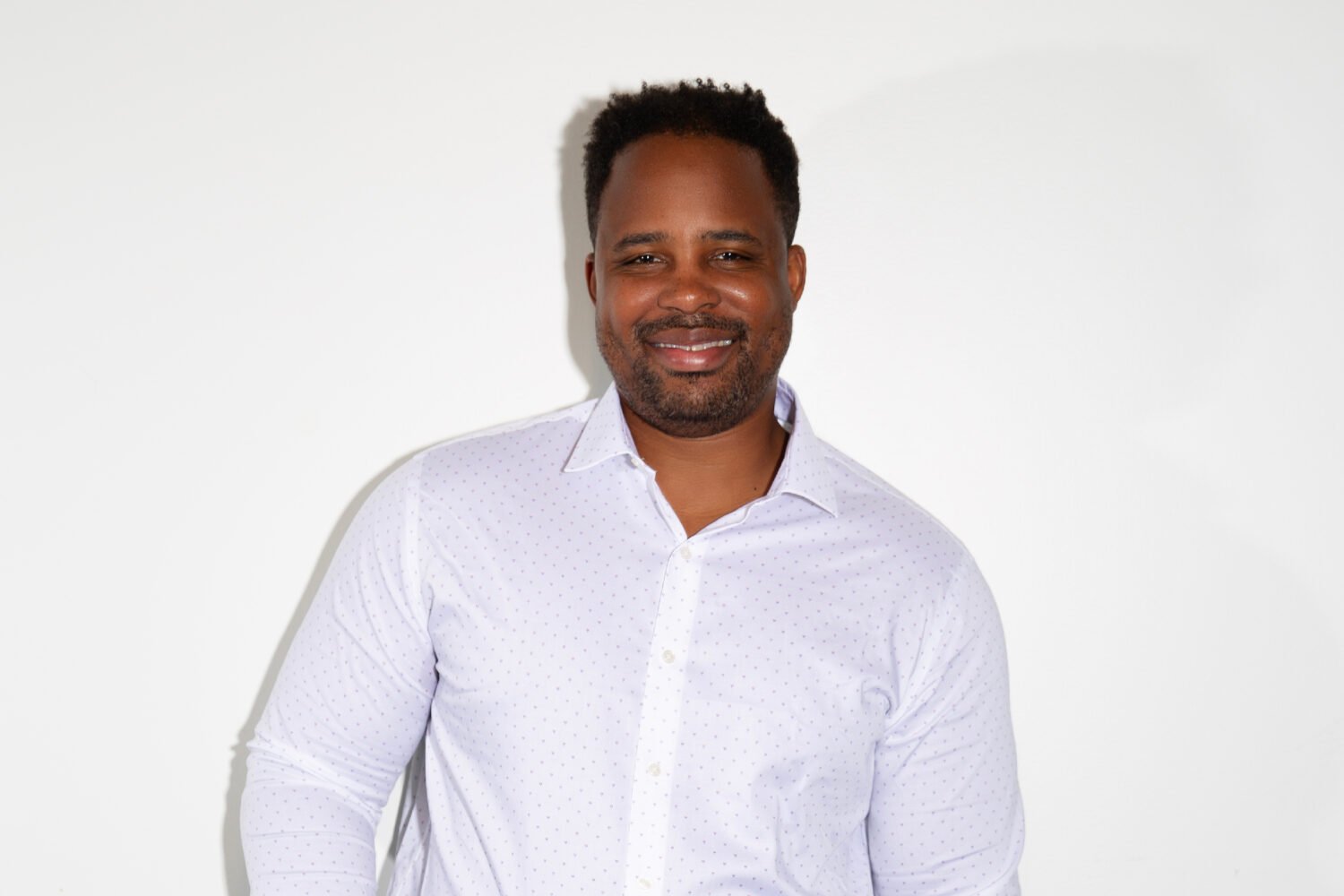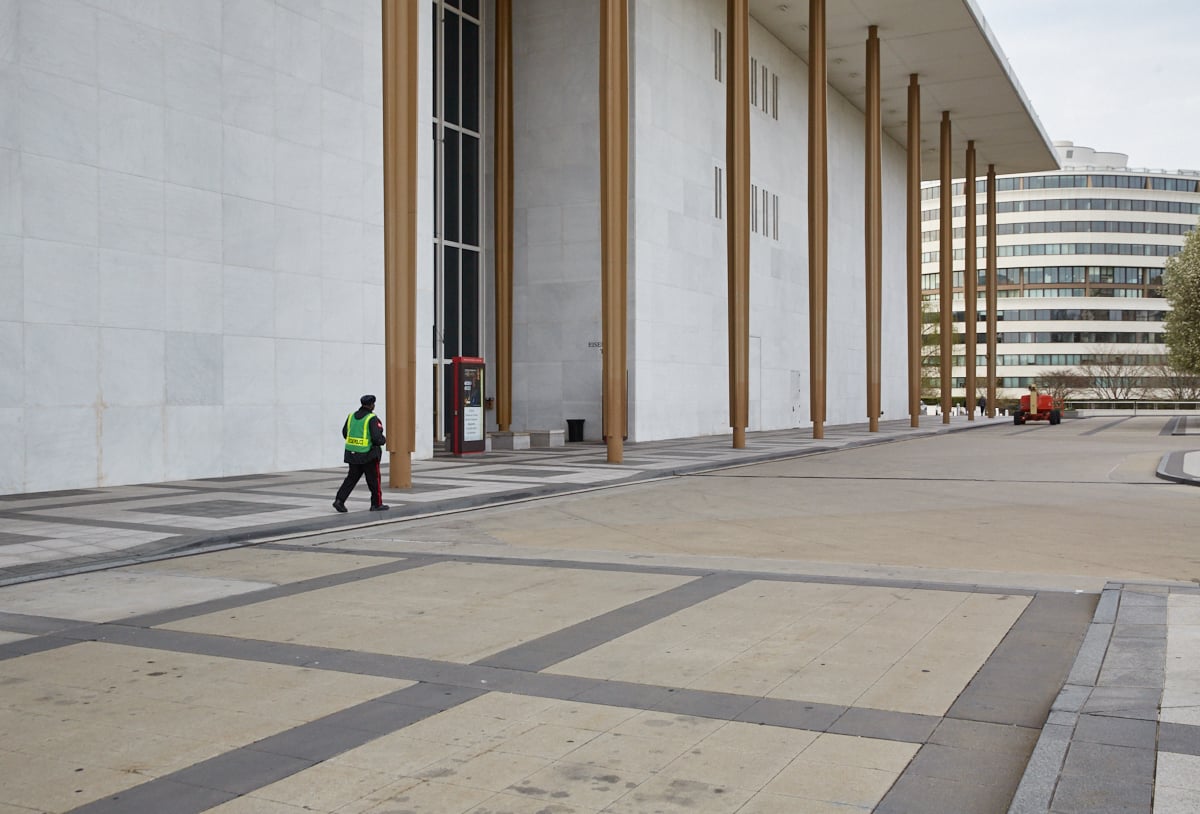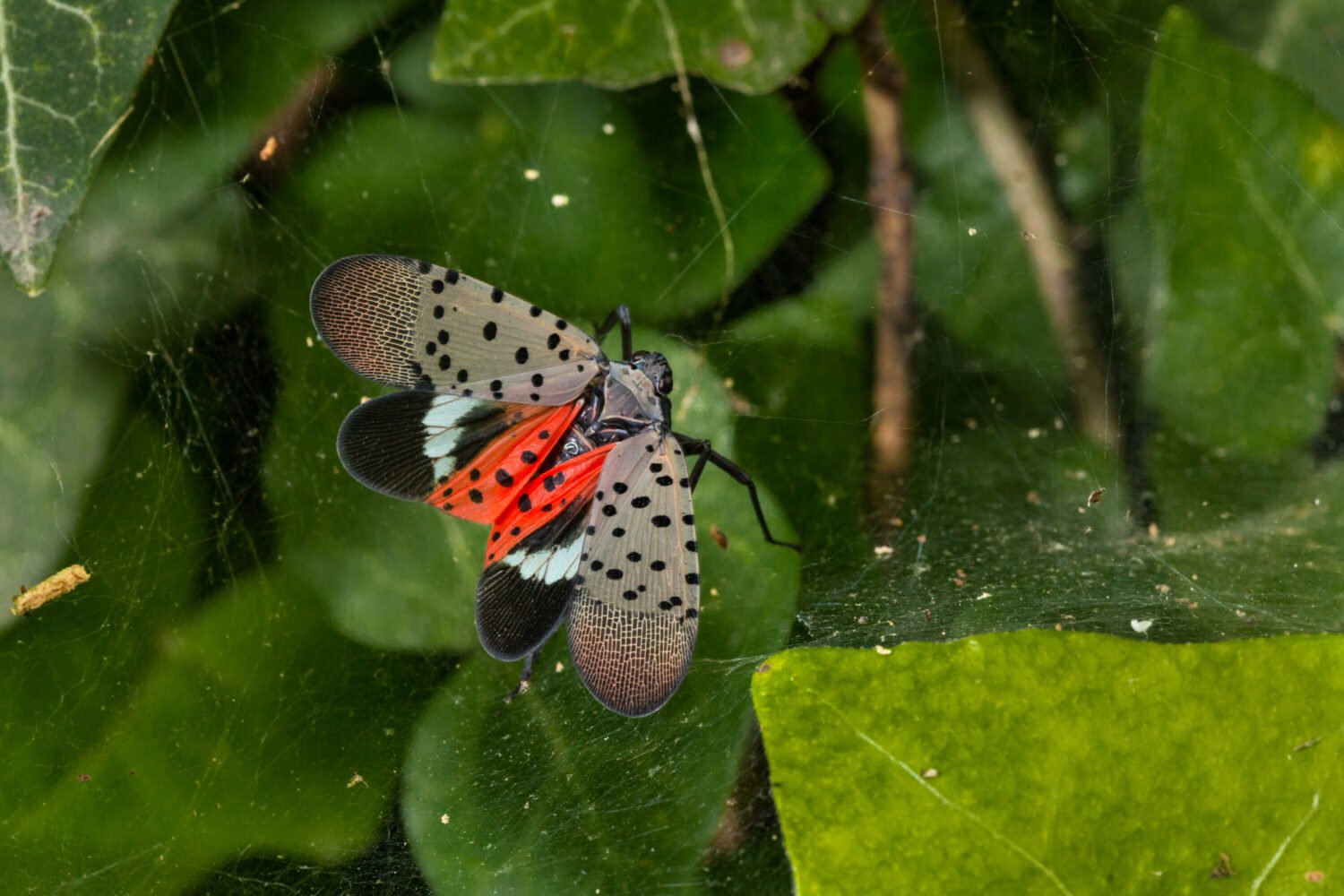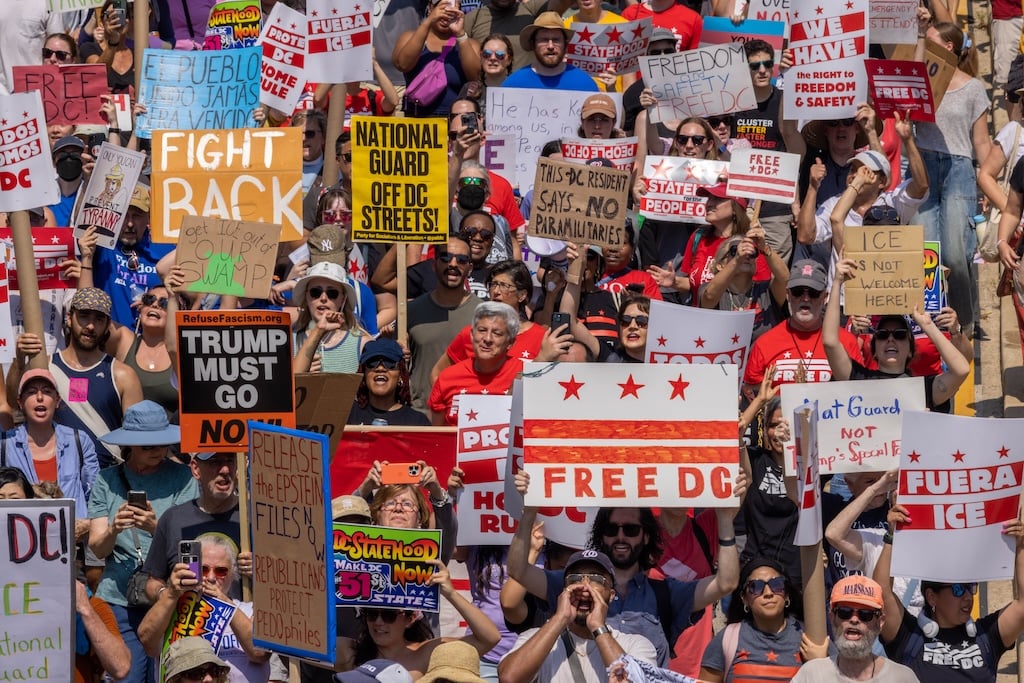Alexandra Avakian grew up around movie cameras. Her mother was an actress, her father a filmmaker.
But Avakian, who spent much of her childhood in New York City, knew by age nine that she wanted to work with a different kind of camera. While on a break from Sarah Lawrence College, she shot a photo essay about the heroin addicts, aspiring actors, and other residents of a transient hotel in Greenwich Village.
Fascinated by her Armenian family’s stories of escaping upheavals in Iran and Russia, she longed to cover wars and revolutions. “Even when I slept, I often had dreams of working in a foreign city in the midst of an uprising, with demonstrators and fires in the street,” she writes in her new book, Windows of the Soul: My Journeys in the Muslim World, a memoir with photographs.
In 1986, she went to Haiti during the overthrow of President Jean-Claude Duvalier. “I was so frightened on the way,” says Avakian, 48, who now lives in Virginia with her husband and son. “But as soon as I set foot in that place, I was like a fish in the ocean. I didn’t feel afraid.”
She spent much of the next 20 years in the Middle East, on assignment for National Geographic, the New York Times Magazine, Time, and other publications. She traveled with Yasir Arafat, spent eight weeks with Hezbollah, and visited refugee camps in Somalia and Sudan.
She was shot at and beaten, and she saw starvation and violence. Sometimes she captured moments of joy. One highlight was visiting Iran, her paternal grandfather’s homeland, in 1998. She went to the adobe house where her grandfather had lived as a child and tasted the walnuts at an orchard her great-grandfather had owned.
What did she learn amid wars and revolutions? “You see who people really are,” Avakian says. “You can see incredible bravery in a little old lady or cowardice in a seemingly strong man.”
Do you have a favorite photograph?
There are pictures I go back to in my mind over and over—for example, one of a Somali child who died and was waiting for burial. I guess you could say I love those pictures.
Even the painful ones?
Yes. That’s sometimes my job, to witness difficult situations.
How do people react when you photograph violence?
If they don’t want you to see them, they’re going to detain you, push you away, shoot at you. I hid film in the lining of my vest, so that if I was searched they wouldn’t get the really good stuff.
In the book you say there were times you should’ve been afraid but weren’t.
In Somalia, a boy about 12 years old threatened to kill me for no reason. I jumped into New York City street mode. I said, ‘I could be your mother!’ It worked. The adult gunmen grabbed his gun.
What was it like to follow Arafat?
In exile he never slept at night, so I had to keep the same hours. Once he took me to Libya on his private airplane in the middle of the night and I didn’t learn where we were until we landed.
When you photographed Hezbollah, what surprised you?
Some women live in their areas without Islamic dress. I saw women wearing tight jeans, showing cleavage, their hair out—everything.
Tell me about traveling to Iran.
My grandfather was from there, so I was thrilled to see how people live. Like how a midwife listens to the fetus in a hardscrabble little town in southern Iran—she uses an ancient wooden device.
Any funny stories?
Arafat’s bodyguards guarded his cornflakes. In the morning they would spoon them out and argue about the exact amount. He was fussy.
You can see even more of Avakian’s photographs on her National Geographic blog and Contact Press Images.
This article first appeared in the February 2009 issue of The Washingtonian. For more articles from that issue, click here.
















